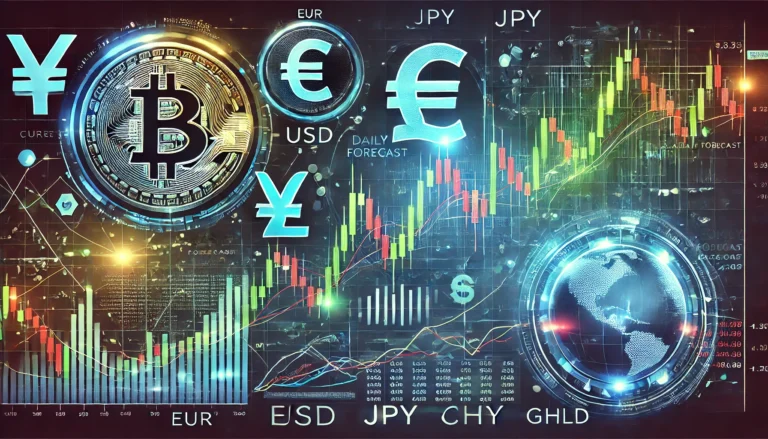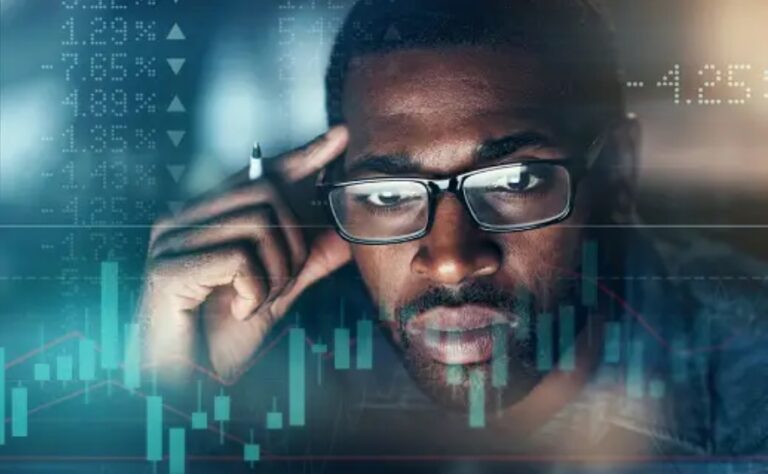
The foreign exchange trading account is essential for anyone looking to profit in the Forex market, providing a platform for currency trading.
A foreign exchange trading account is like a gateway to the exciting world of Forex trading. It allows traders to buy and sell currencies, aiming to profit from price changes. But why do many traders, both beginners and professionals, find it challenging to navigate this space? The answer lies in the complexities of the market, which can often seem overwhelming.
Understanding how to manage a foreign exchange trading account is crucial for success. Many traders struggle with making the right decisions, leading to losses. By grasping the fundamentals and applying effective strategies, traders can enhance their chances of success. The importance of a well-structured approach cannot be overstated.
For those looking to dive deeper into the world of Forex, the forex new concepts are essential to understand.
Understanding the Foreign Exchange Trading Account
The foreign exchange trading account is a special account you open with a broker to trade currencies. But sometimes, traders face issues that can impact their trading experience. A common challenge is misunderstanding margin requirements or leverage, which can lead to unexpected losses. For example, if a trader uses high leverage without knowing how it works, they might lose their entire account balance in a single trade.
This situation often arises due to a lack of knowledge or experience. Market-related reasons, like sudden news releases or economic events, can also cause volatility. Imagine a trader who invests heavily in a currency pair ahead of a major economic announcement. If the news is unfavorable, the market can shift dramatically, leading to significant losses. Understanding these dynamics is crucial for effective trading.
Pro’s and Con’s for Foreign Exchange Trading Accounts
When it comes to foreign exchange trading accounts, there are both advantages and disadvantages. Here’s a breakdown:
Pros of Foreign Exchange Trading Accounts
- Liquidity: The Forex market is one of the most liquid markets in the world, allowing traders to enter and exit positions easily.
- 24/5 Market: The Forex market operates 24 hours a day, five days a week, providing flexibility for traders around the globe.
- Leverage: Traders can use leverage to increase their potential profits, which can be appealing for those looking to maximize returns.
Cons of Foreign Exchange Trading Accounts
- High Risk: While leverage can amplify profits, it can also lead to significant losses if trades go against you.
- Complexity: The Forex market can be complex, making it difficult for beginners to understand all the nuances.
- Emotional Trading: The fast-paced nature of Forex can lead to emotional decision-making, which can be detrimental.
To mitigate these challenges, here are some best practices:
- Start with a demo account to practice strategies without risking real money.
- Educate yourself about market trends and economic indicators.
- Set clear trading goals and stick to a disciplined trading plan.
For advanced traders, it’s essential to be aware of broker disabling trading during critical moments. This can happen during major news events, and understanding how to navigate this can save you from unexpected losses.
Frequently Asked Questions
Here are some common questions about foreign exchange trading accounts:
1. What is a foreign exchange trading account?
A foreign exchange trading account is a specialized account with a broker that allows you to trade currencies. This account can help you manage your trades, track your profits and losses, and access various trading tools.
2. How do I open a foreign exchange trading account?
You can open a foreign exchange trading account by selecting a reputable broker, filling out an application, and providing necessary documentation. Most brokers offer an easy online process.
3. What is leverage in Forex trading?
Leverage allows you to control a larger position in the market with a smaller amount of capital. For instance, if you have a leverage of 100:1, you can control $100,000 with just $1,000. However, this increases both your potential profits and losses.
4. Can I lose more money than I deposit?
Yes, if you trade with high leverage, you can lose more than your initial deposit. This is why it’s crucial to understand the risks and use risk management strategies.
5. What are the fees associated with a foreign exchange trading account?
Fees can vary by broker but may include spreads, commissions, and overnight financing fees. Always check the fee structure before opening an account.
6. Is it possible to trade Forex part-time?
Yes, many traders successfully trade part-time. Since the Forex market operates 24 hours a day, you can choose times that fit your schedule.
7. How can I improve my Forex trading skills?
Continuous learning is key. You can improve your skills by reading books, taking online courses, and practicing with demo accounts. Stay updated on market trends and economic news.
Conclusion
In summary, understanding the foreign exchange trading account is vital for anyone venturing into Forex trading. While challenges exist, they can be managed with knowledge and effective strategies. Stay informed, keep learning, and consistently improve your trading approach.
Embrace the journey of learning Forex trading! Remember, every expert was once a beginner. Keep practicing, stay curious, and keep pushing forward!
Recommended Next Steps
As you embark on your journey with a foreign exchange trading account, consider these steps:
- Research different brokers and choose one that fits your trading style.
- Open a demo account to practice trading without real money.
- Learn about technical analysis and market trends.
- Develop a trading plan and stick to it.
- Join Forex trading communities to share experiences and strategies.
Stay proactive in your Forex education, and you’ll find that the complexities of a foreign exchange trading account become manageable over time.
Want to build a solid foundation in forex? Here’s a recommended read DailyFX, Yahoo Finance
Expand Your Knowledge
- 📌 Forex Trading Learning Road Map
- 📌 Forex Trading Course with no Fees
- 📌 Forex Trading Issues, Problems, and Solutions
- 📌 Forex Daily Forecast & Live Updates
- 📌 Forex Fundamental & News Analysis: Tomorrow’s Market Movers & Trade Opportunities
- 📌 Forex Education Hub: Learn & Profit
- 📌 Forex Technical Analysis, Indicators & EA’s
Start Trading Today
Ready to take your forex trading to the next level? Open an account with Exness, one of the most trusted platforms in the industry. 👉 Sign Up Now and trade with confidence!
My recommended broker stands out with ultra-low spreads for beginners, instant withdrawals, and zero spread accounts for pro traders.
Trusted since 2008, lightning-fast execution, no hidden fees, and a secure, transparent trading environment—giving you the edge you need to succeed. 🚀
Watch this helpful video to better understand foreign exchange trading account:
Note: The video above is embedded from YouTube and is the property of its original creator. We do not own or take responsibility for the content or opinions expressed in the video.
In this episode of Two-Minute Tuesday, Artie takes us back to the basics of Forex trading, which stands for foreign exchange. He explains that Forex involves exchanging one currency for another, a process we often encounter while traveling. For instance, when visiting Mexico, travelers exchange U.S. dollars for pesos at currency exchange kiosks in international airports. Artie illustrates this concept with the current exchange rate, stating that for every dollar exchanged, one would receive around 20 pesos. He also reminisces about earlier times when the exchange rate was 1 to 10, highlighting that the value of currency can fluctuate over time. This basic understanding sets the stage for deeper insights into trading currency pairs, like the Euro to U.S. Dollar (EUR/USD), which is one of the most commonly traded pairs in Forex.
Artie goes on to explain how trading these currency pairs can lead to profit. A standard lot in Forex equals 100,000 units, and if the EUR/USD exchange rate is 1.13, you would need $113,000 to place a trade for one standard lot. If the price increases, you could sell it for a profit, exemplified by a scenario where a rise of just 10 pips (or 1/100 of the price) nets you $100 in profit. However, it’s crucial to understand that Forex trading also carries risks, as prices can fall just as easily as they can rise, leading to potential losses. Artie emphasizes the importance of grasping both technical and fundamental analysis, along with extensive practice, to become a successful trader. He encourages viewers to explore his beginner playlist for more insights into technical analysis. For those interested in more specific currency analysis, check out our recent AUDUSD analysis april-08-2025 for an in-depth look at market trends.


